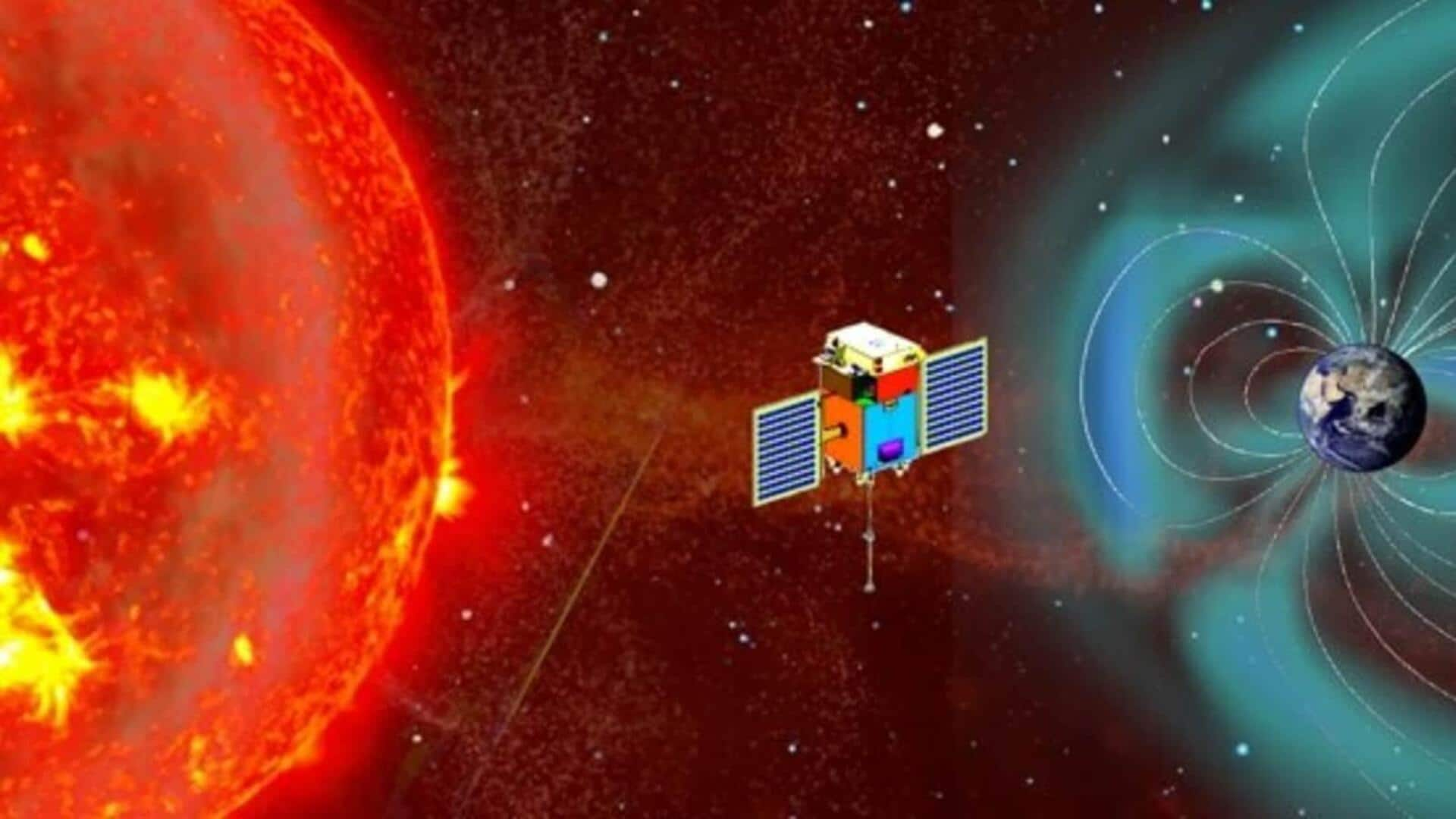
ISRO's Aditya-L1 reveals mystery behind rare aurora seen in May
What's the story
India's Aditya-L1 solar observation mission has successfully captured the dynamic activities of the Sun that led to a series of solar storms last month. The Indian Space Research Organisation (ISRO) reported that the strongest solar storm in decades hit Earth over the May 18 weekend without causing significant damage. However, these powerful solar flares can trigger a geomagnetic storm, which has the potential to disrupt satellite orbits, communication systems, internet services, and even cause power grids to collapse.
Solar storm details
Solar storm triggered by X-class and M-class flares
ISRO stated that the active region AR13664 on the Sun "erupted several X-class and M-class flares, which were associated with Coronal Mass Ejections (CMEs) during May 8 and 9. These produced a major geomagnetic storm on May 11, 2024." These events led to a solar storm on Earth, resulting in the observation of auroras across various global locations—a rare phenomenon. The events between May 8 and 9 were recorded by SoLEXS and HEL1OS, two remote sensing payloads on Aditya L-1.
Instrumentation
Aditya-L1's instruments record solar storm events
The solar storm events were also observed by Aditya-L1's two remote sensing instruments: Solar Ultra Violet Imaging Telescope and Visible Emission Line Coronagraph. In November 2023, ISRO announced that the High Energy L1 Orbiting X-ray Spectrometer, responsible for observing hard X-ray activities from the Sun, successfully recorded its first high-energy X-ray images of solar flares during its initial observation period. Aditya-L1 reached its destination at the Lagrangian Point (L1), located 1.5 million km from Earth, on January 6.